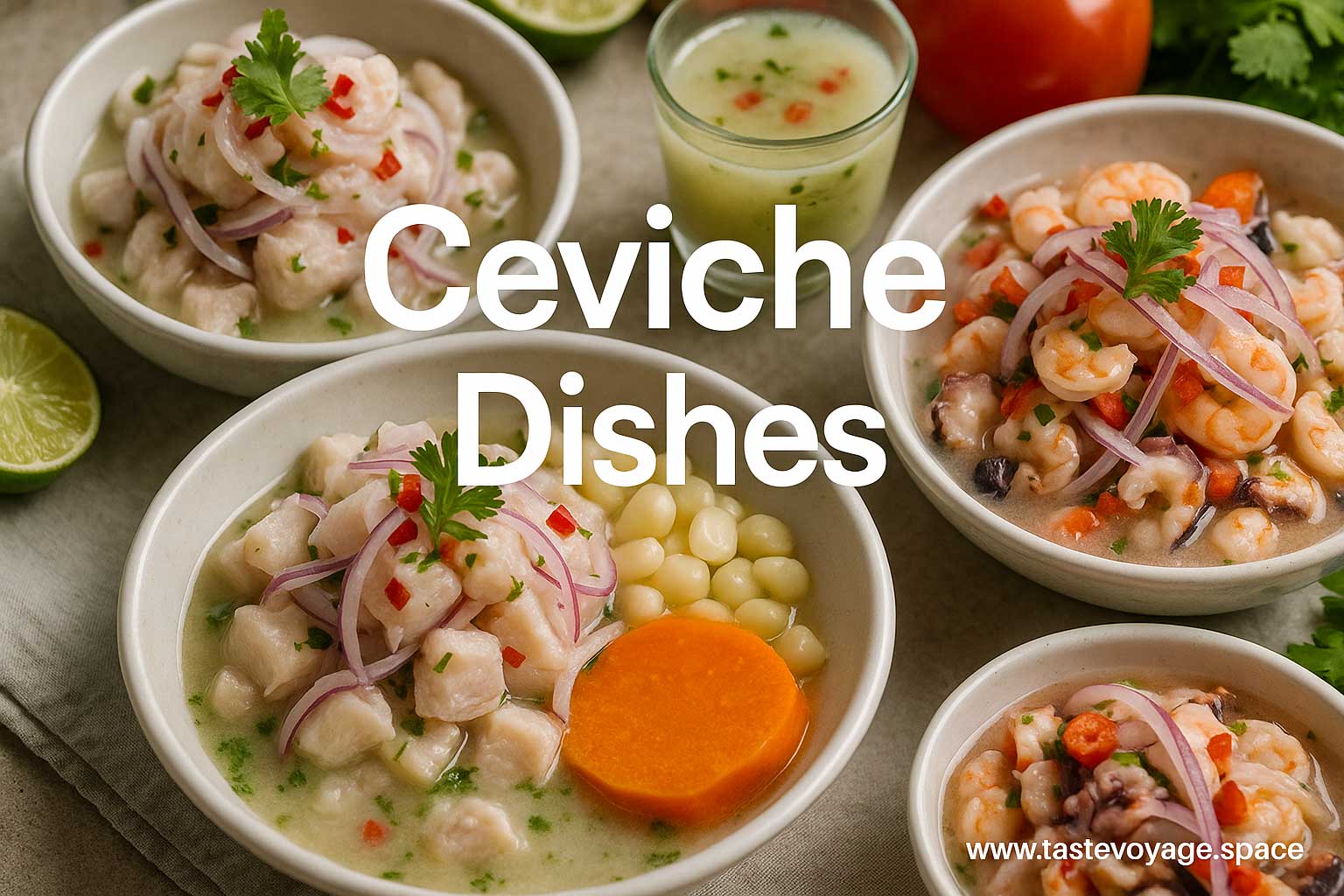Ceviche vs Tartare: Key Differences Explained
Travel the World Through Food >> Ceviche Dishes>>Peruvian cuisine>> Ceviche vs Tartare: Key Differences Explained
Ceviche vs Tartare: Key Differences Explained
Exploring the Culinary World of Ceviche and Tartare: A Delicious Comparison
Food is a universal language that brings people together through shared flavors and traditions. Among the many culinary delights enjoyed across the globe, ceviche and tartare stand out as celebrated dishes that showcase the artistry of raw ingredients. While they share similarities, each has a unique story, cultural significance, and artistic expression. Let’s delve into the fascinating world of ceviche and tartare, understanding their differences and appreciating their culinary value.
The Cultural Roots of Ceviche
Ceviche holds a special place in the culinary traditions of many coastal regions, particularly in Latin America. It is often regarded as a fresh, vibrant dish that embodies the essence of seaside cuisine. Typically prepared with raw fish or shellfish marinated in citrus juice, ceviche is appreciated for its bright flavors and refreshing qualities. Its preparation reflects a deep connection to local ingredients and climatic conditions, making it a beloved staple in warm coastal climates.
Ceviche isn’t just a dish; it’s a cultural experience. It often features locally sourced fish, herbs, and vegetables, showcasing regional flavors and culinary techniques. Many communities see ceviche as a social dish, enjoyed during gatherings and celebrations. Its cultural significance goes beyond taste — it symbolizes freshness, vitality, and the bounty of the sea.
Tartare: A Symbol of Culinary Precision
Tartare, on the other hand, is rooted in European culinary traditions, especially within French cuisine. It is renowned for its emphasis on technique, precision, and presentation. Made from finely chopped or minced raw meat or fish—most famously beef or fish—tartare is often seasoned with herbs, spices, and condiments to enhance its natural flavors.
Tartare is celebrated for its elegance and artistry. It represents a culinary philosophy centered on purity and texture, allowing diners to appreciate the natural qualities of high-quality raw ingredients. In many culinary cultures, tartare is viewed as a sophisticated dish that highlights craftsmanship and attention to detail.
The Art of Preparation and Flavor
While ceviche relies on the acidity of citrus to “cook” the seafood, creating a tender, tangy profile, tartare depends on knife skills and seasoning to develop depth and complexity. Ceviche’s bright, zesty flavors evoke freshness and vitality, making it a perfect dish for warm days and outdoor settings. Tartare, with its delicate textures and nuanced seasoning, appeals to those seeking refinement and subtlety.
Both dishes celebrate raw ingredients, emphasizing quality and freshness. They serve as a canvas for culinary creativity, allowing chefs to showcase regional ingredients and personal flair. Their presentation often reflects artistry, whether it’s the vibrant colors of ceviche or the meticulous shaping of tartare.
A Reflection of Culinary Diversity
Ceviche and tartare are more than just raw dishes; they are reflections of diverse culinary landscapes. Ceviche’s vibrant, citrus-infused profile captures the spirit of coastal Latin American cuisine, emphasizing freshness and community. Tartare’s refined, delicate preparation mirrors European culinary traditions focused on craftsmanship and elegance.
Both dishes invite us to explore different food cultures and appreciate the artistry of raw ingredients. They remind us that food is a celebration of nature’s bounty, skill, and cultural identity. Whether enjoyed at a seaside eatery or a fine dining restaurant, ceviche and tartare continue to inspire and delight food lovers worldwide.
Celebrate the Beauty of Raw Cuisine
In conclusion, ceviche and tartare each hold a special place in the culinary world. They exemplify how raw ingredients can be transformed into artful, flavorful dishes that connect us to different cultures and traditions. Their differences enrich our understanding of global food heritage, offering a delicious journey through taste, technique, and Culture.
Next time you encounter ceviche or tartare, take a moment to appreciate their unique stories and the skill behind each bite. These dishes are more than just food—they are a testament to the creativity and diversity of the culinary arts. Embrace the beauty of raw cuisine and enjoy the rich tapestry of flavors they bring to your table.
By exploring ceviche and tartare, we celebrate the artistry of raw ingredients and the cultural stories they tell. Both dishes invite us to cherish freshness, craftsmanship, and tradition—a true feast for the senses.
